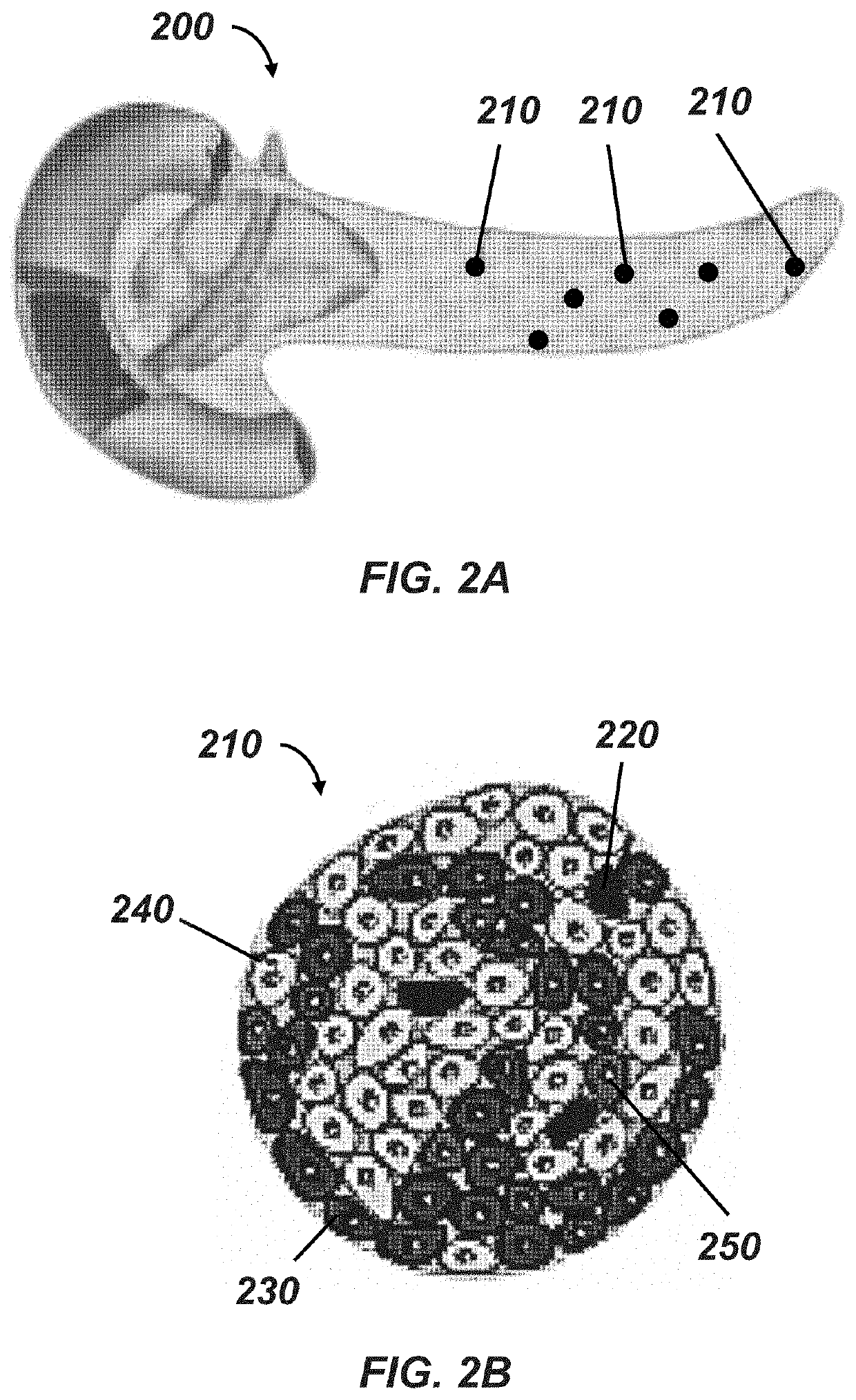Methods of preventing and treating hypoglycemia in type 1 and type 2 diabetes patients
a type 1 and type 2 diabetes patient and hypoglycemia technology, applied in the field of preventing and treating hypoglycemia in type 1 and type 2 diabetes patients, can solve the problems of high blood glucose concentration, acute consequences such as seizure, death in severe instances, and cognitive impairmen
- Summary
- Abstract
- Description
- Claims
- Application Information
AI Technical Summary
Benefits of technology
Problems solved by technology
Method used
Image
Examples
example 1
Blockade Results in Increased Glucagon Secretion in a Diabetes Model System Under Hypoglycemic Conditions
[0101]This and the following example make use of 3D INSIGHT® Islet Microtissues (InSphero AG, Schlieren, Switzerland), an in vitro model system for diabetes research produced by optimized dissociation and controlled scaffold-free reaggregation of primary human pancreatic islet cells. This allows precise control over the newly forming islet microtissue size and eliminates contaminating exocrine material while ensuring homogeneous and native-like distribution of endocrine cells within each tissue. The resulting islet tissues display long-term (>28 days) and robust function, enabling high throughput and longitudinal study of pancreatic islet function, regulation, and preservation.
[0102]Histamine antagonists were tested under hypoglycemic / insulinemic conditions. Three different concentrations of the histamine 3 receptor antagonist BF2649 hydrochloride (pitolisant) and the histamine 1...
example 2
l Data Showing that Histamine Blockade Results in Increased Glucagon Secretion in a Diabetes Model System Under Hypoglycemic Conditions
[0110]This example, like Example 1, used the 3D INSIGHT® Islet Microtissues model system for diabetes research to further test the ability of the histamine 3 antagonist BF2649 hydrochloride to increase glucagon release from human pancreatic islet cells. Also tested was cetirizine dihydrochloride, a histamine 1 antagonist. This example used the same islet cell donor as Example 1 as well as an additional donor.
[0111]Details of the assay were the same for this example as for Example 1 except that cetirizine dihydrochloride, a selective, non-brain penetrant histamine 1 receptor antagonist, was tested instead of cyproheptadine hydrochloride. The donor with UNOS ID #AFBM114 was also used in this study shown in FIGS. 8 and 9. A second donor (UNOS ID #AFCS437) was used as well.
TABLE 5Second donor informationUNOS ID #AFCS437Age46SexMaleRaceHispanicBMI33.2Posi...
PUM
| Property | Measurement | Unit |
|---|---|---|
| frequency | aaaaa | aaaaa |
| concentration | aaaaa | aaaaa |
| concentrations | aaaaa | aaaaa |
Abstract
Description
Claims
Application Information
 Login to View More
Login to View More - R&D
- Intellectual Property
- Life Sciences
- Materials
- Tech Scout
- Unparalleled Data Quality
- Higher Quality Content
- 60% Fewer Hallucinations
Browse by: Latest US Patents, China's latest patents, Technical Efficacy Thesaurus, Application Domain, Technology Topic, Popular Technical Reports.
© 2025 PatSnap. All rights reserved.Legal|Privacy policy|Modern Slavery Act Transparency Statement|Sitemap|About US| Contact US: help@patsnap.com



